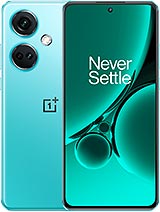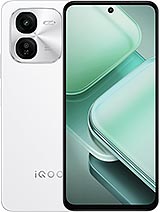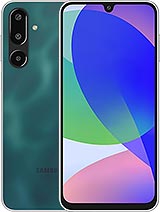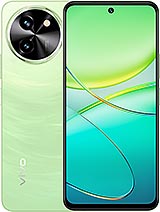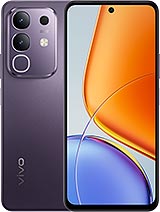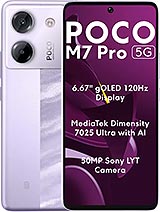Infinix Note 50s alternatives
Tap above to see alternatives.
Redmi Note 13 alternatives
Tap above to see alternatives.
Infinix Note 50s
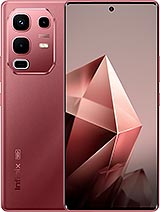
Infinix Note 50s
-
Dimensity 7300
4 nm
-
5500 mAh
45W
-
6.78"
1080 x 2436 pixels
-
64 MP
4K@30fps
Redmi Note 13

Redmi Note 13
-
Dimensity 6080
6 nm
-
5000 mAh
33W
-
6.67"
1080x2400 pixels
-
108 MP
1080p@30fps
4x2.5 GHz Cortex-A78
4x2.0 GHz Cortex-A55
2x2.4 GHz Cortex-A76
6x2.0 GHz Cortex-A55
8GB 256GB (UFS 2.2)
8GB 256GB (UFS 2.2)
12GB 256GB (UFS 2.2)
12GB 512GB (UFS 2.2)
f/1.8, (wide), 1/1.73", 0.8µm, Sony IMX682, PDAF
2 MP
f/1.7, (wide), 1/1.67", 0.64µm, PDAF
8 MP
f/2.2, (ultrawide)
2 MP
f/2.4, (depth)
1080p@30fps
f/2.2, (wide)
f/2.4, (wide)
1080p@30fps
SIM1: Nano, SIM2: Nano
SIM1: Nano, SIM2: Nano (Hybrid)
FDD: N1, N3, N5, N8, N28
TDD: N38, N40, N41, N77, N78
FDD: N1, N3, N5, N8, N28
TDD: N40, N78
FDD: N1, N3, N5, N8, N28
TDD: N38, N40, N41, N77, N78
FDD: N1, N3, N5, N8, N28
TDD: N40, N78
In this comparison, the Infinix Note 50s with the Mediatek Dimensity 7300 (4nm) performs better than the Redmi Note 13 with the Mediatek Dimensity 6080 (6nm), thanks to its more efficient chipset.
The Redmi Note 13 offers 3 years of OS updates, while the Infinix Note 50s provides 2 years. When it comes to security updates, Redmi Note 13 leads with 4 years of support.
Both phones feature AMOLED displays. Moreover, it offers a higher 144 Hz refresh rate for smoother scrolling. Infinix Note 50s also has a brighter display with 1300 nits, improving outdoor visibility. These phones have the same resolution.
Infinix Note 50s has a larger 5500 mAh battery for longer usage. Infinix Note 50s supports faster wired charging at 45W.
Infinix Note 50s offers better water and dust resistance with an IP64 rating.




